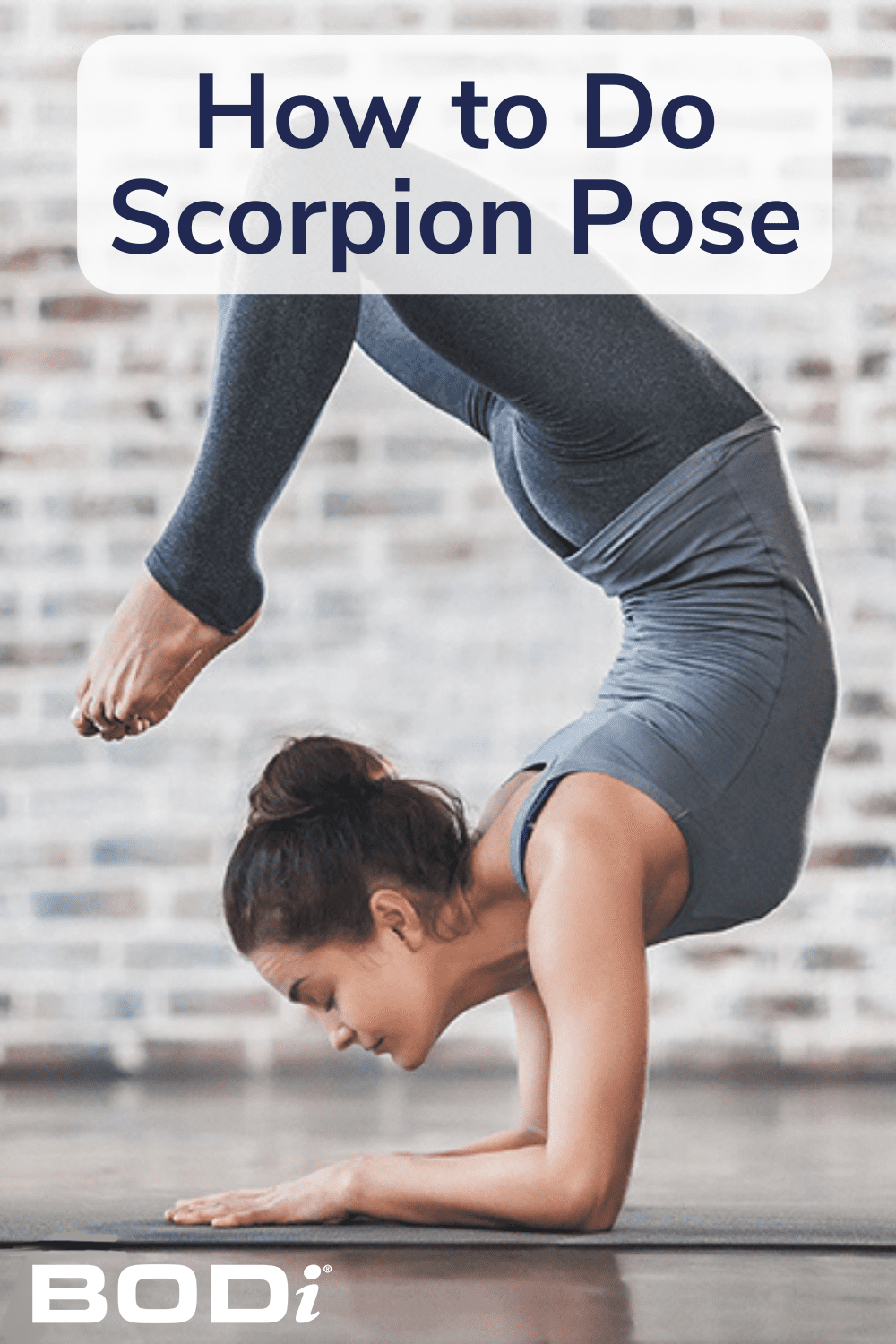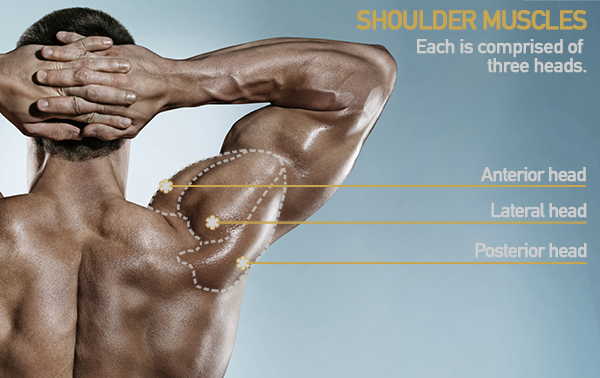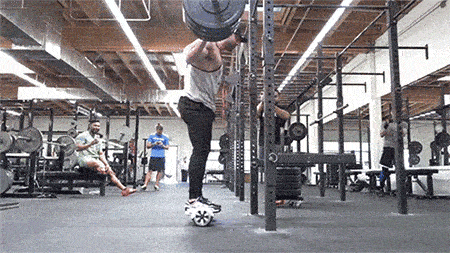Balancing yoga poses are an invigorating challenge. Balancing poses where you are also upside down are even better! Scorpion pose, or vrischikasana in Sanskrit, is a challenging yoga inversion that tests your concentration and your flexibility.
Think you’ve got enough physicality and mental confidence? Read on to work your way into scorpion pose.
What Is Scorpion Pose?
Scorpion pose is an advanced-level, backbend pose that uses your entire body’s strength to get upside down while balancing on your forearms.
To create the large “C” curve of scorpion pose, we suggest prepping your body beforehand to strengthen and lengthen your spine. Try spine-stretching poses like cat and cow pose, camel pose, and dolphin pose.
Scorpion Pose: Step-by-Step Instructions
- Begin in a forearm plank with your hands about shoulder-width, elbows in, and shoulder blades drawn down and back. Spread your fingers wide and root down through your fingertips.
- Remaining on your forearms, walk your toes toward your elbows to enter dolphin plank pose.
- From dolphin, aim to align your hips over your shoulders before moving into forearm stand. Stack your hips over your shoulders. Engage your upper body, and lift one leg into the air. Try hopping (to build momentum) with your grounded foot until you can lift both legs into the air.
- Once you stick forearm stand, start to bend your back into a “C”-shape by moving your hips toward the front of your mat and dipping your feet down toward the crown of your head (imagine a scorpion tail). Gaze ahead to protect your spine.
How to Progress to a Scorpion Pose
The scorpion pose isn’t one you’ll get on your first try. However, you can try these tips to build the strength and confidence to express the move fully.
1. Practice backbends
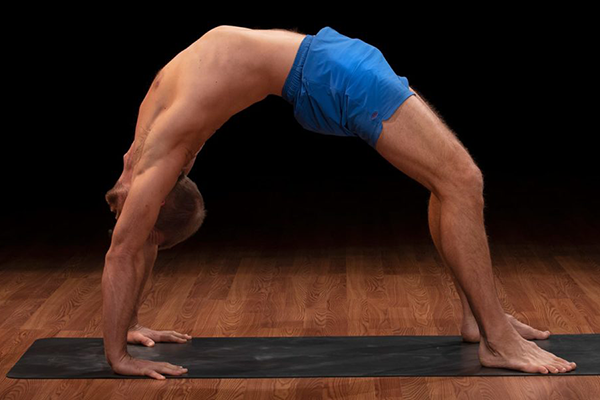
Use postures like wheel pose (urdhva dhanurasana) to start working on the mobility you need to create the “C” shape with your spine in scorpion pose.
2. Master the forearm stand
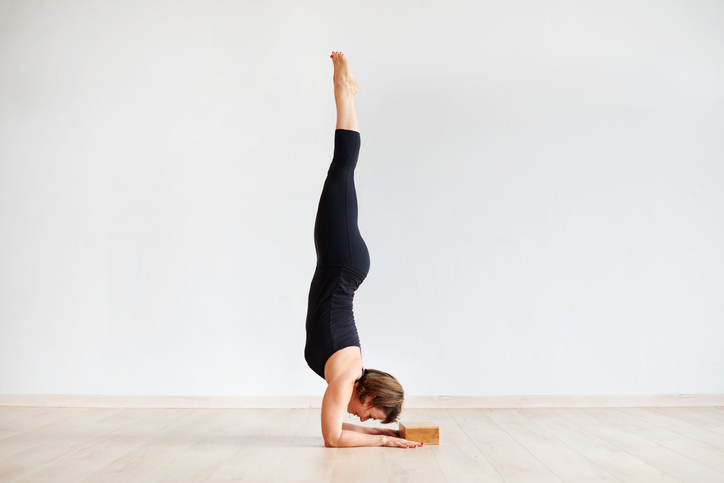
Scorpion pose demands significant shoulder and core strength, which you can build with the forearm stand, a.k.a. feathered peacock (pincha mayurasana).
3. Use a wall
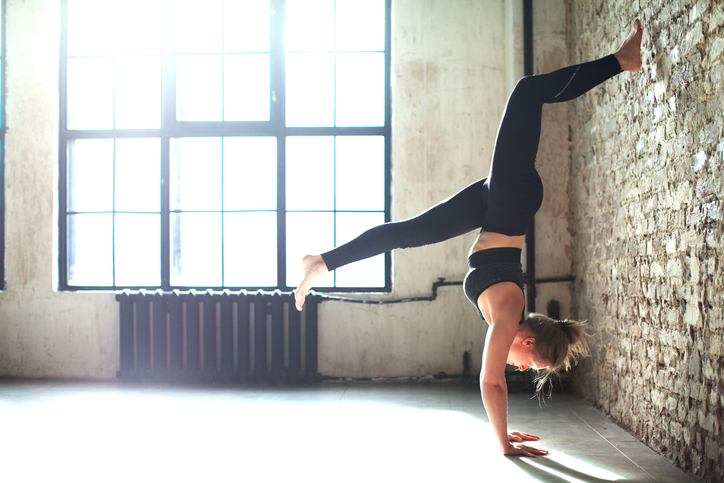
Once you’ve developed enough strength and mobility, you can start trying the full expression of the move.
“One of my favorite ways to get into scorpion pose is against a wall,” says Derise Anjanette, a 500 E-RYT Yoga Alliance certified yoga teacher in Boulder, Colorado. “The wall makes the pose really, really accessible for a lot of people.”
Scorpion Pose: Muscles Worked
Scorpion pose stretches and strengthens all at once. When in the pose, you’ll be working your core, back, arms, and legs. You’ll be stretching your chest, shoulders, and spine, while also opening up your quads and hip flexors.
“The quads have to be really open with the knees bent,” says Anjanette. “And the other danger of the pose is dumping into your low back. Focus on drawing the heart forward and engaging those serratus muscles.”
The serratus muscles are the muscles that are on the upper and outer sides of your chest that help bring your sternum forward and broaden through the pecs.
Because yoga is also a mental practice, scorpion pose can push your limits when it comes to fear and vulnerability while working on your balance and concentration.
